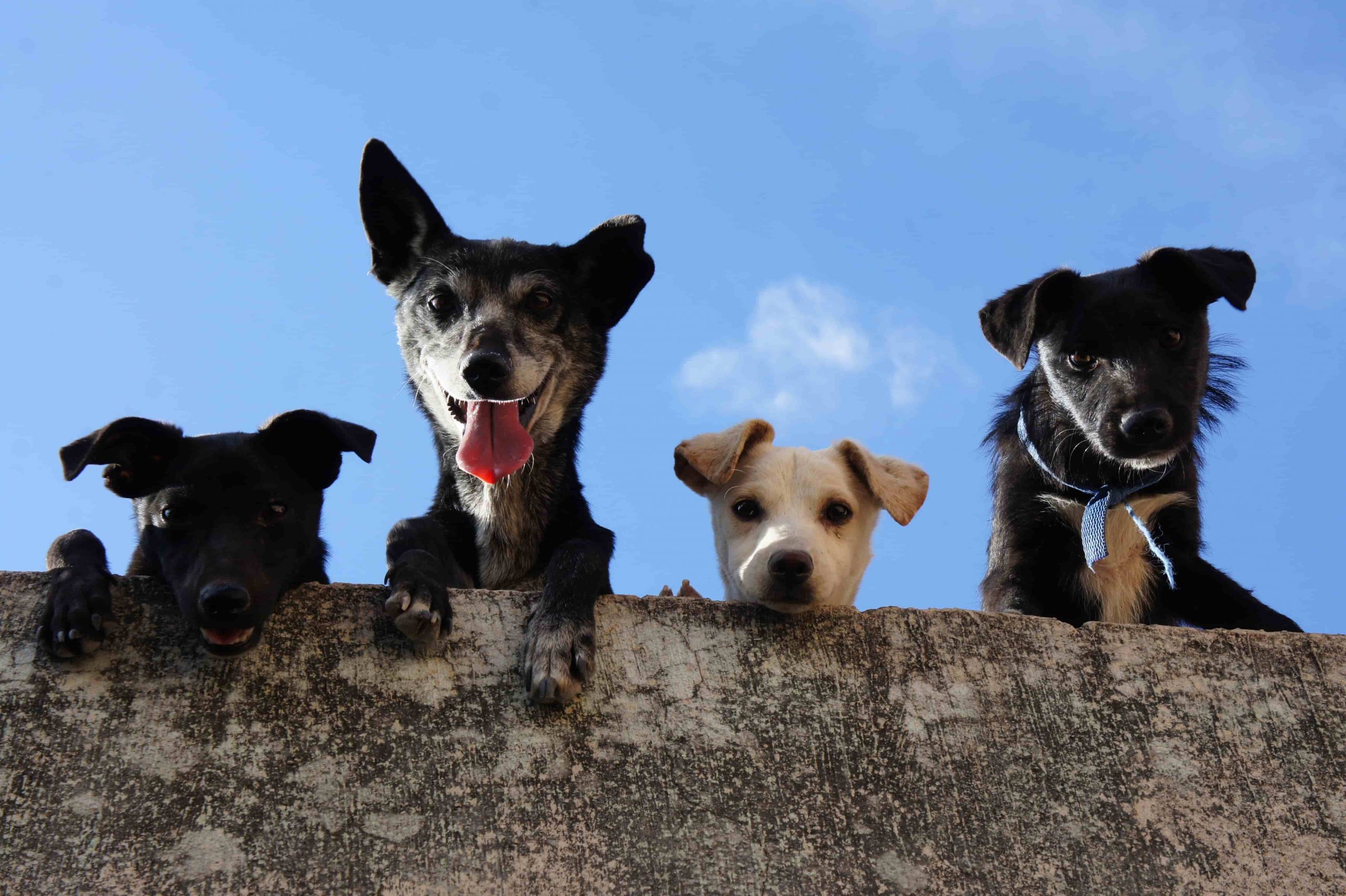A recent study conducted by scientists has shed light on the genetic differences between the dogs living within the exclusion zone around the Chornobyl Nuclear Power Plant. The study aimed to investigate the impact of low-dose radiation on the animal genomes within the affected area.

Genetic Analysis of Dogs
The research team collected blood samples from the dogs and analyzed their DNA to identify the complex family structures within their packs. They found that specific family groups existed and bred within the power plant area, revealing that the packs were not just a random collection of feral dogs. The findings suggest that a degree of genetic isolation has occurred, leading to distinctions between gene pools.
The study included the genetic analysis of 28 dogs living in different areas and under different conditions within the exclusion zone. The genetic differences were more pronounced between dogs living near the industrial compounds of the nuclear power plant and those in the surrounding areas.
Genetic Differences Not Due to Radiation
While the study found that the dogs living within the industrial areas of the power plant were genetically distinct from those living farther away, the researchers did not attribute the genetic differences solely to radiation. Jim Smith, an environmental scientist at the University of Portsmouth, warns against implying that radiation was the cause of the genetic differences.
However, the study provides insight into how radioactive environments leave their mark on animal genomes, which could have implications for other nuclear disasters and even for human space travel, according to Timothy Mousseau, an evolutionary ecologist at the University of South Carolina.
Mousseau, who has conducted extensive research on the impact of radiation on wildlife in Chornobyl, believes that future studies could investigate the impact of radiation on genes involved in the immune system, which he suspects could be compromised in animals living near radioactive materials.
Challenges of Identifying Low-dose Radiation Effects
Although scientists have been attempting to determine the impact of radiation exposure on wildlife around Chornobyl for decades, identifying the effects of low-dose radiation is challenging, as there are many other factors in the natural environment. Thus, the research team is investigating how radiation damage may have accumulated in the dogs’ genomes.
Bridgett von Holdt, an evolutionary geneticist at Princeton University, agrees that understanding the genetic differences among the Chornobyl dogs is an important area of study, as it could inform future work on how radiation exposure affects genomes. She describes the findings as a cliffhanger, and she wants to know more about how these irregularities came.
Implications for Understanding the Impact of Radiation on Animal Genomes
The first genetic analysis of dogs living within the exclusion zone around the Chornobyl Nuclear Power Plant has revealed genetic differences between those living within and outside the power plant area. While the genetic differences cannot solely be attributed to radiation, the study offers insight into how radioactive environments can leave their mark on an animal’s genome, which could have implications for human exposure in the future.
As genetic testing technology advances, it is possible to gain a better understanding of how certain genetic mutations and alterations are inherited and how they impact overall health. This can provide valuable insights into not only the biology of affected animals but also the potential wider implications that these changes could have on humans.
Future Research
The researchers are eager to conduct further studies to investigate how radiation has accumulated in the dogs’ genomes and whether these genetic differences have implications for their health and survival. They hope to encourage more research efforts into understanding the impact of radiation on animal genomes and potential implications for humans living in radioactive environments.
Scientists hope that further investigation into the genetics of the Chornobyl dogs may help uncover how such alterations can occur and uncover new biology that could aid in understanding how these changes arise and how they might impact the overall fitness of these animals.
Moreover, the next studies may reveal why specific dogs are more susceptible to certain radiation-driven genetic modifications and which biological pathways are most heavily affected by the changes. The team aims to observe if these genetic differences lead to health and/or behavioral impacts on affected animals. The study of dog genetics within the exclusion zone of Chornobyl may not only increase our understanding of how radiation damage may affect living organisms but also potentially help inform any human risks associated with exposure to radiation.
The complexity of genetic differences observed highlights the importance of such studies investigating the impact of environmental factors on genetics at least in cases where obvious health impacts of such alterations are not yet understood. Studies of this kind are crucial to understanding the complexities of life, helping us devise ways to accommodate the damage caused by natural and man-made disasters, and allowing us to make more informed decisions about how we can improvise our environment in the future.
Genetic analysis of both animals and humans makes it possible to investigate extremely interesting phenomena of the body. Previously we wrote about health issues uncovered from DNA analysis, also genes and addiction disorders.


